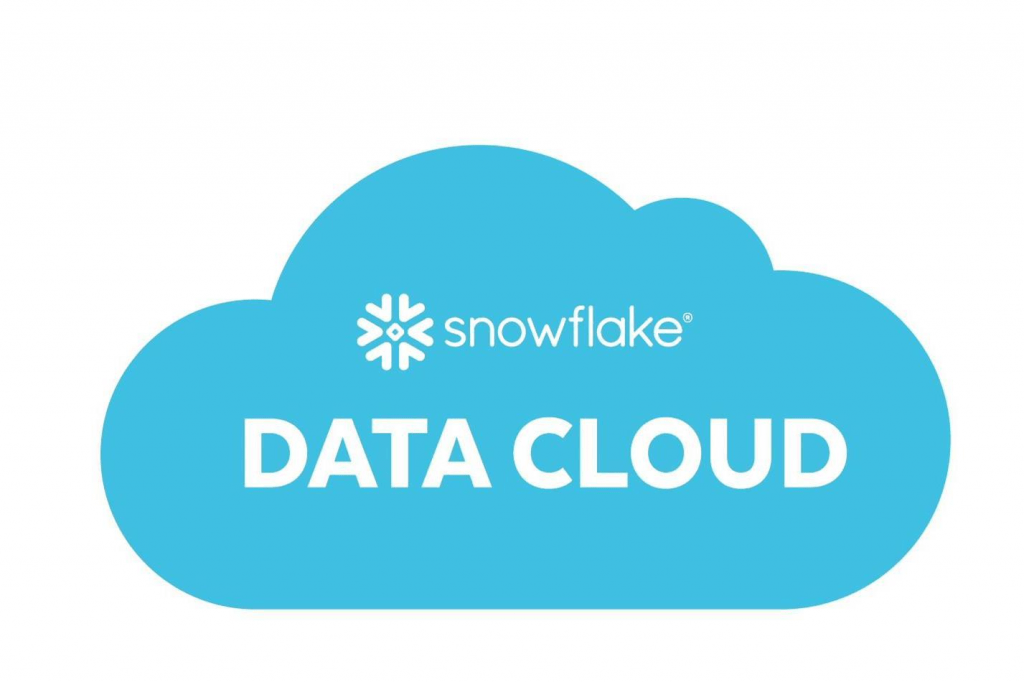Increasingly, with the rapid growth of data volume in companies and the emergence of more advanced artificial intelligence tools, the trend in the market is to migrate traditional databases on premises to the cloud. This highlights some platforms such as Snowflake, and some important questions arise:
- What are the advantages of migrating to the cloud?
- What is the difference in costs?
- What differentiates Snowflake from other cloud platforms?
Throughout this article, these questions will be analyzed, starting with the following:
1. What are the advantages of migrating to the cloud?

Although some companies still opt for traditional solutions on-premises, there is an increasing tendency for them to adopt cloud technologies. These offer several benefits, in terms of security and different functionalities:
- Scalability and flexibility: A cloud server can scale up or down processing power and capacity quickly and as needed, which is especially advantageous for businesses subject to momentary peaks or seasonality.
- Backups and Disaster Recovery: Another advantage of cloud platforms is the ease of creating backup copies in different countries or even continents, ensuring greater protection against natural disasters and avoiding data loss.
- Automations with AI: In addition to the classic benefits of cloud computing, more and more platforms are offering AI solutions to automate processes, predict failures, optimize resources and personalize user experiences, all with greater efficiency and less human intervention.
Taking into account the advantages presented above, it is relevant to carry out a comparative analysis of the costs associated with traditional on-premises infrastructures compared to cloud-based platforms. This comparison aims to assess not only the initial investments, but also the medium and long-term operational costs, flexibility, maintenance costs, among others.
2. What is the difference in costs?

Regarding cost differences, a cloud solution may be more advantageous depending on the business model and needs. To make this type of decision, companies should consider the main differences between the business models of each solution, as shown in this table:
| Appearance | On-Premises | Cloud |
|---|---|---|
| Initial Investment | High investment in hardware, software and physical infrastructure | Reduced initial investment with pay-as-you-go model |
| Cost Model | High fixed costs, even with underutilization of resources | Variable costs proportional to actual use |
| Flexibility | Limited and slow scalability, requires new hardware investments | Fast and flexible scalability as needed (increase or reduce resources) |
| Maintenance and Support | Company responsibility (internal teams, maintenance contracts) | Included in the service: maintenance, updates, technical support |
| Backups and Security | Need to invest separately in backup and security solutions | Automatic backups, integrated security, and continuous updates included in the price |
| Technological Updates | Requires new acquisitions and downtime in many cases | Continuous and automatic updates without the need for intervention |
| Total Cost of Ownership (TCO) | High, due to ongoing investments in infrastructure and personnel | Lower, with greater predictability and resource optimization |
After presenting the main differences in terms of costs and advantages between cloud and on-premises solutions, it is also relevant to distinguish between the various cloud services available on the market, such as AWS (Amazon), Azure (Microsoft), Google Cloud, and Snowflake.
3. What differentiates Snowflake from other cloud platforms?

Starting with the concept itself, Snowflake is not a platform comparable to, for example, AWS or Azure, since it does not offer hosting services, being more of a data processing and management platform.
While tools like AWS, Azure, or Google Cloud offer a wide range of services, from artificial intelligence to databases, Snowflake has a much more specific focus: providing a solution for data warehousing as a service, fully managed and highly scalable.
This ends up being one of Snowflake’s advantages, which, although it does not replace these services, acts as an additional layer and, as such, allows the separation between storage and computing, enabling independent scaling, which leads to greater flexibility in costs and performance.
Additionally, because it is a platform multi-cloud, Snowflake can run on the infrastructure of AWS, Azure, or Google, giving companies the freedom to choose (or combine) the cloud provider that best suits their needs, without being locked into a single ecosystem.
Since it is a tool primarily focused on data warehousing and data analytics, it also brings some very interesting integrated features for use in the field of Business Intelligence, such as versioning and automatic backups in tables, data sharing dynamic (which facilitates collaboration), support for various data types such as JSON, Avro, Parquet, and XML, and robust integration of AI tools within the platform itself.
It is due to all these factors that Snowflake has been growing and is clearly a platform to consider for any company looking to bring innovation and modernize its processes.
How does B2F facilitate the integration of Snowflake into companies?
A B2F offers a range of specialized services for the implementation of the Snowflake, aligned with the specific needs of each company. Through detailed planning, efficient integration with existing systems is ensured, maximizing results and efficiency. Additionally, continuous training is provided to the team, and ongoing support is offered to address any challenges that may arise.
The support of B2F covers various areas, including:
- Specialized consulting: Identification of the company’s needs and planning of the implementation of the Snowflake, with a focus on maximizing efficiency.
- Efficient integration: Guarantee of a seamless integration of the Snowflake with existing systems, allowing a smooth adaptation to the new platform.
- Process optimization: Utilization of the Snowflake to automate and optimize workflows, leveraging AI capabilities and scalability.
- Training and ongoing support: Continuous training for the team to ensure effective use of the Snowflake and constant support in troubleshooting.
With the B2F, the integration of Snowflake is carried out smoothly, allowing your organization to take advantage of the benefits of cloud and real-time data analytics. The mission of B2F is to transform data into powerful assets to drive innovation and competitiveness.





